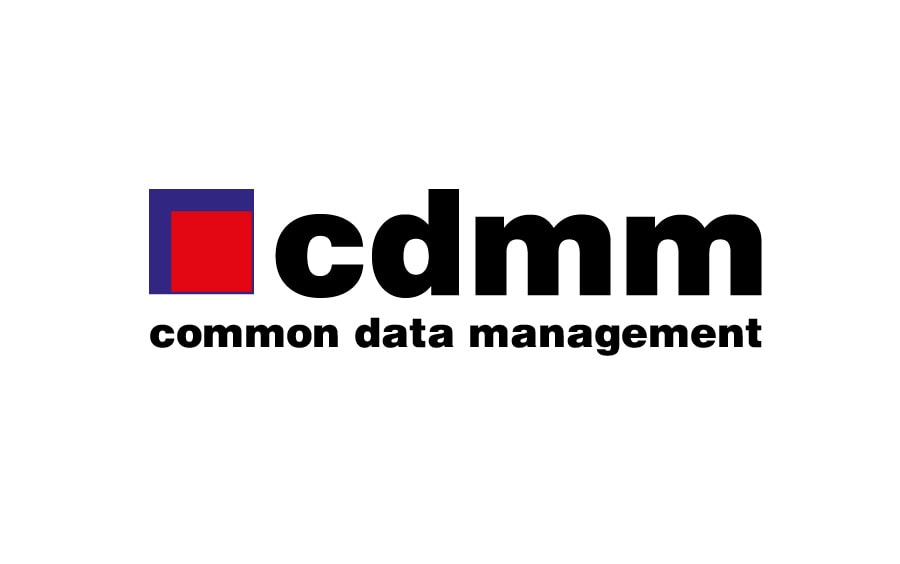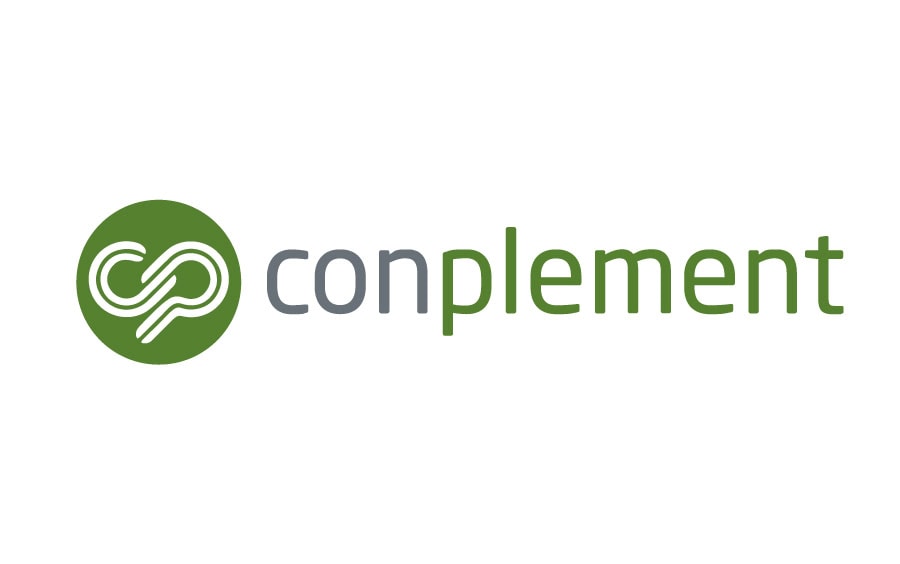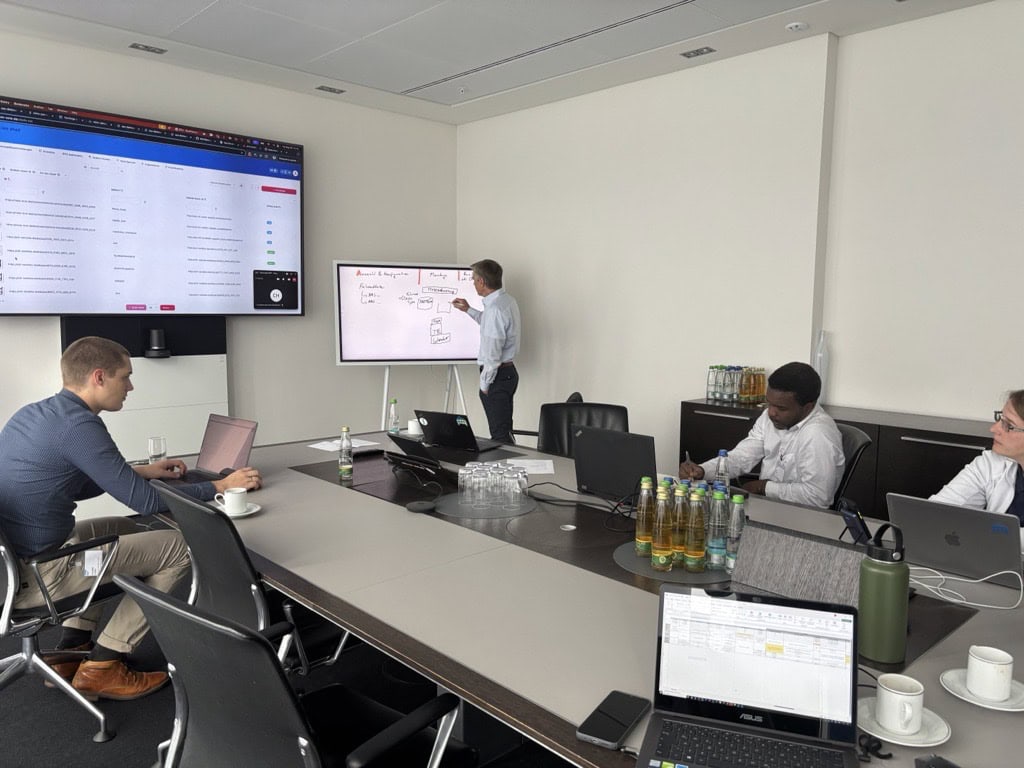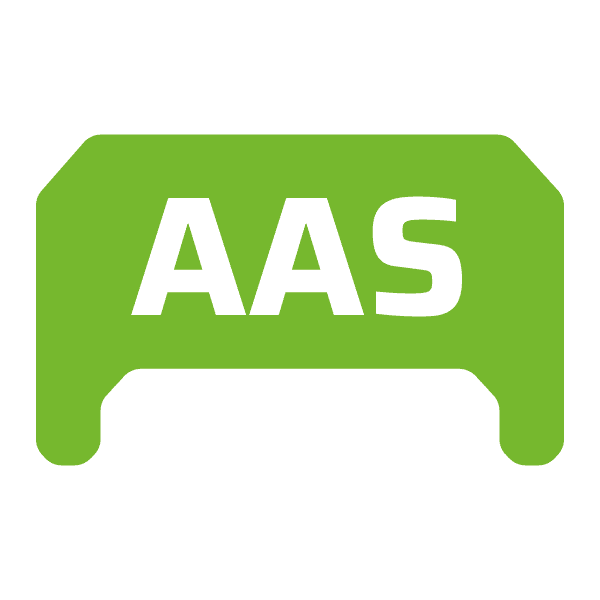The Challenge
We’re Tackling
The project explores how an Asset Administration Shell can be generated automatically for a new product that consists of several components and serves as the basis for the Digital Product Passport 4.0. It also examines how the product’s carbon footprint is calculated from its parts and when Type or Instance AASs are used. Prerequisite: AASs are already provided for the supplied components, which are synchronized to create a consistent overall product representation.
Why this project
matters and for who
The Digital Product Passport is coming as part of new regulations (EU Ecodesign for Sustainable Products Regulation (ESPR)) and will soon be mandatory across industries — for everyone. The question is not if, but how it will be implemented in practice. This project demonstrates one practical approach by using the Asset Administration Shell to create the DPP automatically as the product takes shape.
This project demonstrates how the Asset Administration Shell can provide a practical and scalable way to meet these requirements. By linking product data directly with the AAS, information is created and updated automatically — from configuration and component description to assembly and Product Carbon Footprint calculation. The result is a Digital Product Passport that represents the actual product, not just static documentation.
For companies, this means less manual effort, fewer system breaks and more reliable data throughout the value chain. The standardized use of AAS Types and Instance AASs simplifies integration, enables the reuse of information and allows the DPP to be built step by step during production. What starts as a regulatory obligation becomes an opportunity to increase efficiency, strengthen collaboration and prepare for new circular business models based on trusted, interoperable data.

What we’ve
done so far
A demonstrator has been developed that shows the complete process from configuration to customer delivery, with the Digital Product Passport being created automatically during the process.
It includes three main steps:
Ordering and configuring the product: components are selected and described through AAS Types.
Assembly: Instance AASs are generated, component-specific data such as torque values are used during assembly, and actual process data is written back to the AAS.
Delivery to the customer: the finished product is delivered, and the DPP 4.0 is created based on synchronized AAS data and component carbon footprints.

project
Deliverables
Demonstrator
in which the user can configure a bicycle, during which a Type AAS of the bicycle is created
AAS
for the bicycle, handlebar, saddle and wheel with submodels: Nameplate, Carbon Footprint, Technical Data, HandoverDocumentation
Workflow Documentation
Documentation on operational workflows and best practices.
Out of
Scope
The final list of required properties for a Digital Product Passport of a bicycle is not yet defined. Therefore, the focus of this project is on the technical approach and fundamental mechanisms rather than on achieving completeness of the DPP content.
Ready To
Jump in?
For us, your practical experience and concrete requirements are what matter most. This project is open to everyone interested in shaping how the Digital Product Passport can be created with the help of the Asset Administration Shell. Whether you already work with AAS, want to test your own use case, or simply explore how DPP and AAS fit together — your input helps make the results more relevant for real industry needs.












